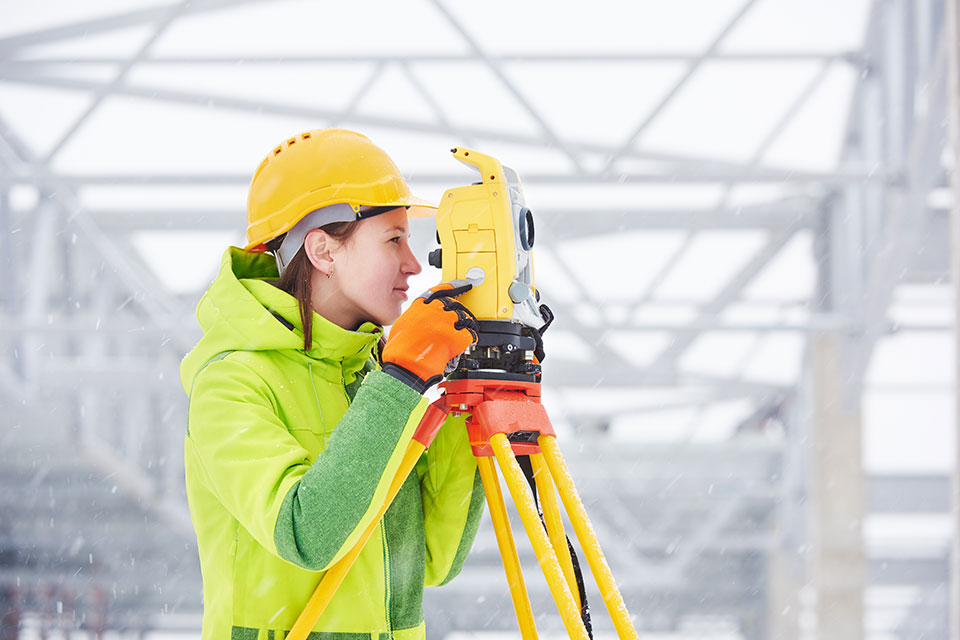222 Palisades Creek Drive
Richardson, TX 75080
Phone: 972-952-9393
Fax: 972-952-9435
Email: [email protected]
Professional engineering and surveying licensure provides public protection.
The safety of buildings, bridges, roads, and other structures and technologies used in our everyday lives depends on licensed professional engineers and surveyors who have successfully demonstrated a level of competence through education, experience, and examination requirements.
These “3 Es” are an important distinction between highly complex, technical professions such as engineering and surveying, and the trade and vocational occupations.





